Interview with Ambassador Hassan Taherian of Iran in Seoul
Ambassador Hassan Taherian in Seoul said, “The presence of the Tehran Street in the Gangnam District of Seoul, as well as the Seoul Street in the North of Tehran, is the symbol and remainder of long friendship between the two countries.” Speaking at a recent interview with The Korea Post slated for publication on the occasion of the Day of Proclamation of the Islamic Revolution of Iran on Feb. 11, Ambassador Taherian stated that “given the number of high-level Korean officials’ visits to Iran over the past year, I hope we could correspondingly make arrangements for high-ranking Iranian officials’ visits to Korea.” Details of the interview follow:

Question: What are the important developments scheduled between Korea and your country, including the possible visit of your Head of Government to Korea?
Answer: Iran and Korea established the diplomatic relations in 1962. Throughout these years, the two countries maintained a relatively friendly and strong relationship. The presence of the Tehran Street in Gangnam District of Seoul, as well as the Seoul Street in North of Tehran, is the symbol and remainder of long friendship between the two countries.
The Iranian officials always expressed their positive view toward South Korea and supported the expansion of bilateral relations and underlined that such cooperation can lead to further intimacy between the two countries in political field. Fortunately, we have had a number of official meetings recently, among them and most importantly, the last year visit of Her Excellency, President Park Geun-hye to Iran.
Given that presidential visit to Iran was the first of its kind ever made at this level between the two countries, it is considered an important historic visit which opened up a new chapter in Iran-Korea relationship. It also gives momentum to the bilateral relationship, which promotes mutual cooperation in a wide range of fields, namely; political, economic, cultural, scientific, academic and people – to – people exchanges and given the number of high-level Korean officials’ visits to Iran over the past year, I hope we could correspondingly make arrangements for high-ranking Iranian officials’ visits to Korea, in future.

Q: What is the current volume of bilateral trade, its outlook in the next 12 months?
A: As far as the trade relation between the two countries is concerned, we always particularly value and support business relations between our two countries. Korean companies have a long record of involvement and successful activity in Iranian market and working in many infrastructure and construction projects in Iran. They enjoy a very good reputation as the reliable and confident partner and this is a valuable asset for their future activity in the Iranian market. Iran and Korea enjoy strong economic ties with bilateral trade total roughly US$.8.357 billion dollars in 2016. Iran is one of the main supplier of energy for Korea. We are fully prepared continuing our work towards further strengthening of our cooperation in many fields. By relaxation and lifting of the sanction against Iran, we already see a greater interests of Korean companies in wider presence in Iranian market.
Definitely, the dimension of economic cooperation and the volume of bilateral trade between the two countries will increase in this year of 2017 comparing with the last year.
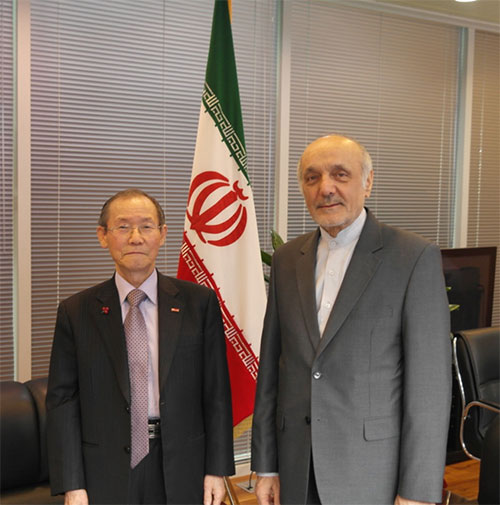
Q: What are your competitive field of industry and products attractive to Korea and what are Korean products and services that your country might wish to import?
A: Thanks to its rich oil and gas reserves, Iran has always been considered a very cost-effective market. Considering its industrial and productive potentials in various fields especially in oil, gas, petrochemicals, steel, power and an increase in its exports of manufactured goods, Iran will be changed into a much stronger market.
Cheap energy, highly qualified labor force, ample natural resources and the protection and promotion of foreign investment are advantageous for foreign investors in Iran.
With those economic opportunity and privilege, Iran invites the Korean business jaebeol or SME to be more active in various fields in Iran, like South Pars projects, petrochemical projects, vessels, tankers, pharmaceutical projects, auto industries, iron and steel, power plants and electric projects. We believe that Korean long and continuous presence in Iranian market and on the other hand, the satisfaction of Iranian from Korean product is a good and valuable asset in which to be protected by Korean government and people.
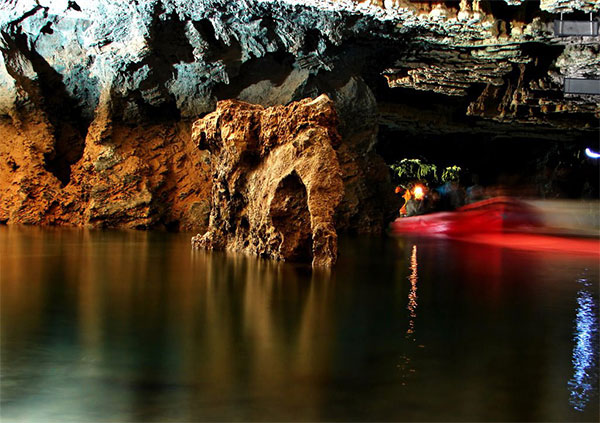
Q: What are the areas in your country where you want Korean companies to invest and what are the areas where you wish your businessmen to invest in Korea?
A: With Iran and Korea, both being dynamic countries in their respective regions, it is strongly believed that the prospects for further development of fruitful bilateral relations are bright and promising.
The direct participation and investment from Korea in the economic and trade sector of Iran, is considered little but taking into account the fact that trade and investment, especially in oil-related items, will be growing day by day after removing and lifting of sanction because for Iran, ROK is a reliable economic partner therefore, Iran is seeking more investors from this country.
Existing free trade zones in different parts of Iran allow foreign companies to take advantage of the geographical position of Iran.
The free trade zones, as centers of trade activities, play an important role in absorbing FDI and re-exporting goods. Now there is no barrier in the way of technical and industrial development and the country is moving towards economic progress and prosperity.
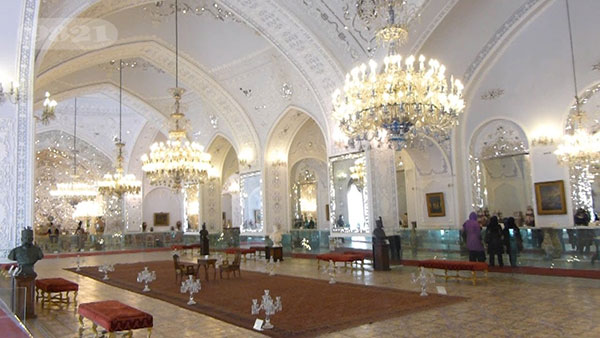
Q: Would your please introduce in detail the National Day of you esteemed country?
A: The national day in Iran is celebrated on 11th of February every year to mark the victory of the Islamic Revolution in 1979. The Islamic Revolution emerged victorious under the wise leadership of Imam Khomeini with massive and popular support and backing of the people. The day marks events involving the overthrow of the Pahlavi Dynasty under Mohammad Reza Shah, who was supported by the foreign powers and used the secret police, the Savak, to control the country by dictatorship. Demonstrations against the Shah commenced in Oct.1977, developing to civil resistance that include all strata of the society. The main slogan of the people was freedom, independence and Islamic Republic. The Shah was forced to flee from the country on January 16, 1979 as the last Persian monarch and then Ayatollah Khomeini returned back from exile to Tehran to a greeting by several millions Iranians. The royal absolute reign collapsed shortly on February 11 and the people celebrated the victory of their own Islamic Revolution on the same day.
Shortly after the victory of revolution, the people in a national referendum on March 30 and 31, 1979, voted by a large margin to select the system of the government and Iran officially became an Islamic Republic.

Q: Would you please introduce your Head of Government in detail, including his major achievements?
A: H.E. Dr. Hassan Rouhani is the head of the Government of the Islamic Republic of Iran. He is the seventh and current President of Iran since 2013. He is also a member of the Expediency Council, the Assembly of Experts and the Supreme National Security Council of Iran. During 2013 presidential campaign, he pledged that if elected, he would uphold civic rights and the rights of ethnic and religious minorities. He also made some momentous vows; to bring by then complicated country’s nuclear issue to a peaceful conclusion underlying the principal interests of the nation inter alia getting country rid of unjust international economic and financial sanctions and to promote international relationship with world countries especially, neighboring countries in the region based on mutual trust and respect. The most remarkable achievement of his government, undoubtedly, is the landmark nuclear deal between Iran and the P5+1 in 14th of July, 2015 whereby an extensive array of sanctions against Iran were lifted and country’s train of international economy and trade got back on track and resumed its normal course.

Q: What are the attractive tourist destinations of your country?
A: Iran is an incredible place to visit. If for no other reason than its continuous history of some 7000 years it would be well worth seeing for its diversity of landscapes, monuments, customs and lifestyles that make Iran attractive in all seasons. There are one million historical sites in Iran. It is obvious that even the most interesting of these can be visited only by making numerous trips to the country. These trips are all the more pleasant because visitors to Iran never leave it without memories of its wonderful hospitable people.
One of the most impressive elements which would make trips to Iran very extraordinary and delightful is being welcome and served by the hospitable Iranians. The etiquettes and behaviors towards travelers by Iranians are rooted in their cultural beliefs. Iranian hospitality makes the journey memorable and encourages tourists to want to revisit this great land of glory and wonders.
Iran has seen an increase in the number of annual visitors over the past few years, and the recent lifting of economic sanctions is sure to attract even more. Home to one of the oldest civilizations, Iran has no shortage of sites to see. When it comes to UNESCO World Heritage Sites, it boasts an impressive 19 registered cultural sites. Palaces, bazaars, places of worship, ancient water systems, and remnants of the great Persian Empire dominate this list.
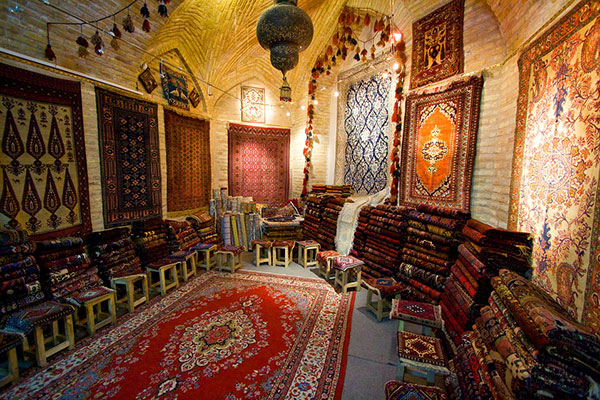
Persepolis: One of the first three sites to join UNESCO in 1979, Persepolis, known locally as Takhte Jamshid, was the ceremonial capital of the Achaemenid Empire in the 5th century B.C. The site was chosen and constructed under Cyrus the Great, Darius I, and King Xerxes. What remains of this pinnacle of Persian civilization are massive columns and former palaces, innumerable reliefs depicting nationalities that once walked through there, and three humbling sepulchres on the hillside behind the ruins. Climbing the steps to enter the Gate of All Nations will enlighten visitors to the magnitude of this once magnificent empire.
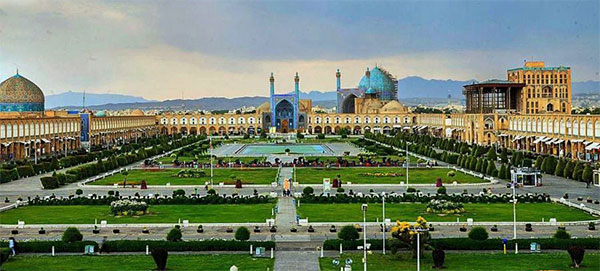
Meidan Emam, Isfahan: It is easy to spend an entire day meandering in Meidan Emam, alternating between marveling at jaw-dropping architecture and haggling with business-savvy bazaar keepers. It is no wonder that the city of Isfahan is known as nesfe jahan (half the world). One of the first sites in Iran to be registered with UNESCO in 1979, this square was built by Shah Abbas in the 17th century. One major monument stands on each side of this grand square, and they are all connected by two-story arcades. Imam Mosque has the largest dome in the city, while Sheikh Lotfollah Mosque dazzles visitors with its splendid tile work. Ali Qapu Palace is most notable for its music room, mosaic stairs, and views of the square, and the gate of the Imperial Bazaar will take you through one of the oldest bazaars in the region. At the end of the day, you will truly feel as though you have seen half of the world.
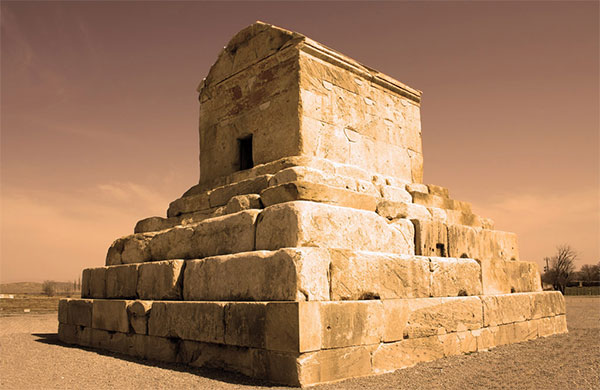
Bam Citadel and its Cultural Landscape: This ancient desert city of the southern Kerman province was registered with UNESCO in 2004. An overview of Bam immediately gives visitors the impression of being in a life-sized sand castle. The most recognized monument, Arg-e Bam, dates back over 2,000 years to the Parthian Empire. This citadel was built out of khesht (sun-dried mud bricks) in the 6th to 4th centuries B.C. and served as the governor’s quarters. Reconstruction of this landmark began after a devastating earthquake nearly flattened this mud brick city, killing over 26,000 people in 2003. Dates, a particularly special export of Bam, flourish especially well thanks to the vast system of qanats (an ancient underground water system) still used today.
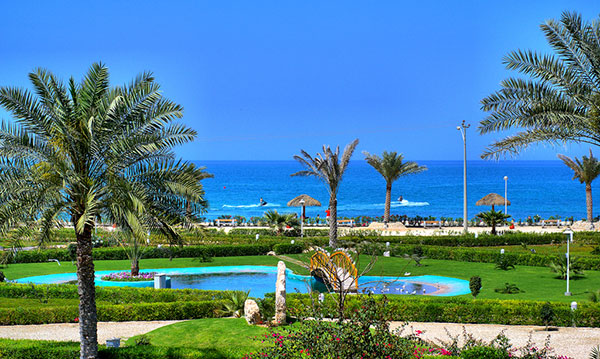
Kish Island:
Kish Island is a 91.5-square-Kilometre (35.3sq/m) resort island in the Persian Gulf. It is part of the Hormozgan Province of Iran. Owing to its free trade zones status, it is touted as a consumer’s paradise, with numerous malls and shopping centers, hotels, tourist attractions and beautiful beaches ideal for swimming and other water entertainments. It has an estimated population of 26,000 residents and about 1 million people visiting the island annually. Kish Island was ranked among the world’s 10 most beautiful islands by the New York Times in 2010. Foreign nationals wishing to enter Kish Island from legal ports are not required to obtain Visas prior to travel. Valid travel permits are stamped for 14 days upon arrival at Kish airport.
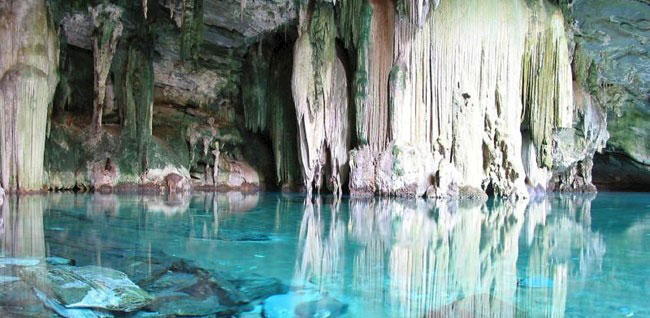
Iranian Souvenirs and Handicrafts:
There is a wide range of souvenirs in Iran which can meet tastes and budgets. Exquisite carpets, rugs, silverworks, marquetry and wood carvings in Isfahan; Qashqai carpets and weavings in Shiraz; carpets, rugs, Kilim and various types of nuts in Tabriz; carpets and pistachio in the city of Kerman; saffron in Mashhad city and all kinds of souvenirs would be available in Tehran. Iranian handicrafts are the aesthetic manifestation of art, culture of Iranian artists and craftsmen which have overwhelmed visitors by their delicate designs and vivid colors. The rich millennial Persian civilization astonishes tourists and persuades them to take a piece of this historical land as a memorable souvenir. The most significant and well-known Iranian handicrafts are carpet and Kilim. The Persian carpet with its exquisite and mesmerizing designs, is to be considered as a world class art heritage representing an artistic manifestation of Iranian culture through a noble creation by craftsmen and craftswomen.
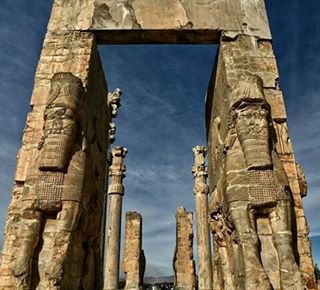
Q: Would you please introduce yourself in detail, including your career, family and hobbies?
A: It is almost two and half years since I have been appointed as the Ambassador of Iran in Korea. Of course, this is my second time that I have the chance to work in Seoul. In the first round, I worked here as the Charge d’ Affaires of the Embassy of Iran from 1980 till 1985. I am very delighted to return back to Korea and work in this beautiful land of morning calm with a very peaceful and friendly people.
I am married with three children, two sons and one daughter, that my elder son and daughter are married and my younger son is living with us in Korea.
As the Ambassador of Iran, I like to do my best to promote the people to people exchanges and let to increase the understanding of Korean people from the Iranian long history and rich culture.
I believe the cultural cooperation can make a good contribution to enhance the economic ties and friendly relationship between the two countries.

